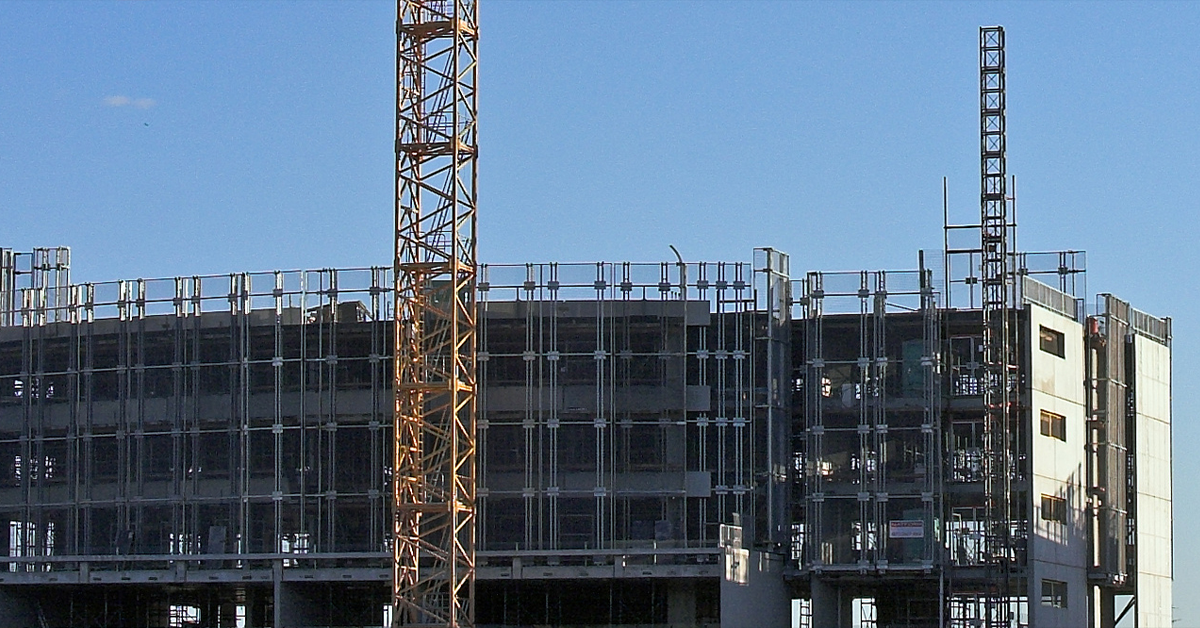- No products in the cart.
Industry groups call for urgent Australia-wide action on building regulation
July 15, 2019


Background
Australia’s fragmented approach to regulatory enforcement and compliance with building regulations requires a renewed commitment to national action to maintain public confidence in our built environment. The concerns of the signatories are characterised by the following:
- Australian and international insurers are introducing strict cladding-related exclusions in mandatory professional indemnity insurance products for building practitioners in the building supply chain.
- The discovery of major defects in buildings has significantly reduced the ability of those building owners to find an insurer willing to accept the risk.
- State and territory governments have not taken a consistent and comprehensive approach to undertaking and completing audits of existing high-rise buildings with combustible cladding, nor developed a remediation strategy.
- Governments are taking an inconsistent and fragmented approach to implementing reforms described in the Shergold-Weir report, which was released 18 months ago.
Though some action has been taken to amend the National Construction Code (NCC) and effectively eliminate the use of many types of combustible cladding on new building facades, the response of state and territory governments to dealing with cladding on existing buildings has been patchy and inconsistent.
The building, construction, property and insurance industries have continued their calls for state and territory governments to adopt a consistent and best practice regulatory response to the challenges presented by combustible cladding.
Positive action has been taken in some jurisdictions, however other states are lagging and the continued inconsistency in the approach across governments is manifesting in the crisis confronting building practitioners in the building supply chain. This has led to significant increases in professional indemnity premiums and a reduction in cover via exclusions on combustible cladding and non-conforming building products.
Building surveyors, engineers and architects are now struggling to obtain the insurance they need to do their job, which in turn could seriously affect future building or construction activity.
Consumers, building owners, building practitioners and their insurers need certainty and confidence in building regulation. Building and construction, when combined with the property sector, is the nation’s largest industry, provides the most full-time jobs and is a vital engine of economic growth. The economy must not be put at risk by the failure to provide certainty through a consistent approach in dealing with these issues.
The entire building and construction supply chain risks being further impacted by this continued uncertainty, and industry participants want to work cooperatively with governments to rebuild that confidence.
We urge the Commonwealth, State and Territory governments to work together in providing certainty through a uniform national approach to dealing with these matters.
What needs to be done
As organisations representing the building, construction, property and insurance industries, we urge the Federal Government to play a leadership role and bring together all state and territory governments to:
- Develop and implement a consistent and best practice Australia-wide response for risk assessment and a rectification strategy for existing buildings with combustible cladding with an agreed timetable that reflects the urgency of the issue. This will reduce confusion, clarify the scale of the challenge and support a viable professional indemnity insurance market that provides the coverage needed by industry participants and building owners.
- Establish a joint government-industry taskforce to oversee urgent and consistent implementation of all Shergold-Weir report recommendations across all jurisdictions.
Signed:
Master Builders Australia
Property Council of Australia
Insurance Council of Australia
Ai Group
Australian Construction Industry Forum

